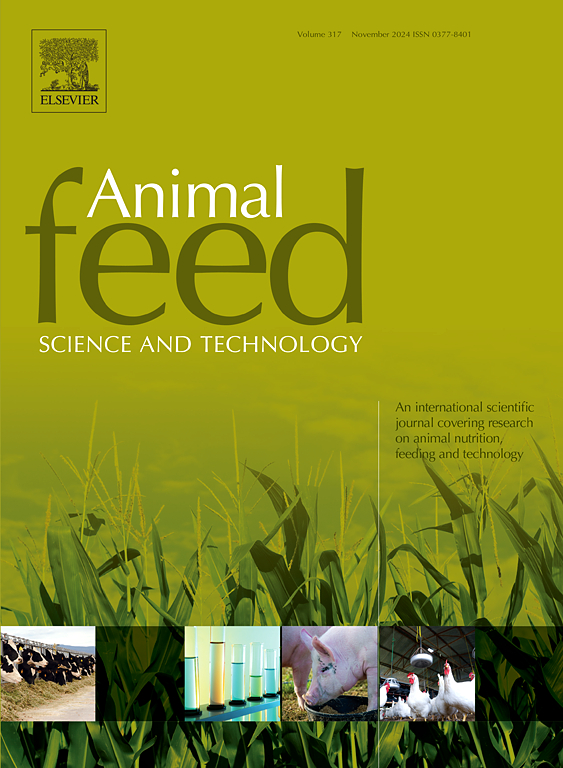Potential of X-ray irradiation for pathogen inactivation in semi-moist pet food and changes in nutritional and physicochemical qualities
IF 2.5
2区 农林科学
Q1 AGRICULTURE, DAIRY & ANIMAL SCIENCE
引用次数: 0
Abstract
The aim of the study was to investigate the effect of X-ray irradiation at different dose levels on semi-moist pet foods. Samples were subjected to X-ray irradiation at 0, 2.5, 5, and 10 kGy, and their microbial, nutritional and physicochemical properties were evaluated for 60 days at 20-day intervals. Among these, samples irradiated at 10 kGy completely sterilized bacterial pathogens and inhibited their growth throughout the storage period. Following this, a dose of 5 kGy showed a better bacterial pathogen reduction. Above 5 kGy irradiated samples exhibited a significant effect on moisture and protein contents. Samples treated with above 5 kGy tended to exhibit a significant decline in water activity, pH, and a* values during the storage period while continuing to exert microbial stability and quality attributes. However, lipid oxidation and protein degradation were observed in samples irradiated with above 5 kGy of X-ray during storage. Considering all results, we conclude that about 5 kGy X-ray irradiation could prevent microbial activity while maintaining the maximum losses of nutritional and physicochemical properties of semi-moist pet foods.
x射线辐照在半湿宠物食品中致病菌灭活的潜力及其营养和理化性质的变化
本研究旨在探讨不同剂量的x射线辐照对半湿宠物食品的影响。样品接受0、2.5、5和10 kGy的x射线照射,每隔20天对其微生物、营养和理化性质进行60天的评估。其中,以10 kGy辐照的样品在整个储存期间完全灭菌细菌病原体并抑制其生长。随后,5 kGy的剂量显示出更好的细菌病原体减少。5 kGy以上的辐照样品对水分和蛋白质含量有显著影响。在5 kGy以上处理的样品在贮藏期间,水活度、pH值和a* 值趋于显著下降,同时继续发挥微生物稳定性和品质属性。然而,在储存过程中,在5 kGy以上的x射线照射下,观察到样品的脂质氧化和蛋白质降解。综合以上结果,我们得出结论,5 kGy左右的x射线辐照可以在保持半湿宠物食品营养和理化性质最大损失的同时阻止微生物活动。
本文章由计算机程序翻译,如有差异,请以英文原文为准。
求助全文
约1分钟内获得全文
求助全文
来源期刊

Animal Feed Science and Technology
农林科学-奶制品与动物科学
CiteScore
6.00
自引率
6.20%
发文量
266
审稿时长
3 months
期刊介绍:
Animal Feed Science and Technology is a unique journal publishing scientific papers of international interest focusing on animal feeds and their feeding.
Papers describing research on feed for ruminants and non-ruminants, including poultry, horses, companion animals and aquatic animals, are welcome.
The journal covers the following areas:
Nutritive value of feeds (e.g., assessment, improvement)
Methods of conserving and processing feeds that affect their nutritional value
Agronomic and climatic factors influencing the nutritive value of feeds
Utilization of feeds and the improvement of such
Metabolic, production, reproduction and health responses, as well as potential environmental impacts, of diet inputs and feed technologies (e.g., feeds, feed additives, feed components, mycotoxins)
Mathematical models relating directly to animal-feed interactions
Analytical and experimental methods for feed evaluation
Environmental impacts of feed technologies in animal production.
 求助内容:
求助内容: 应助结果提醒方式:
应助结果提醒方式:


